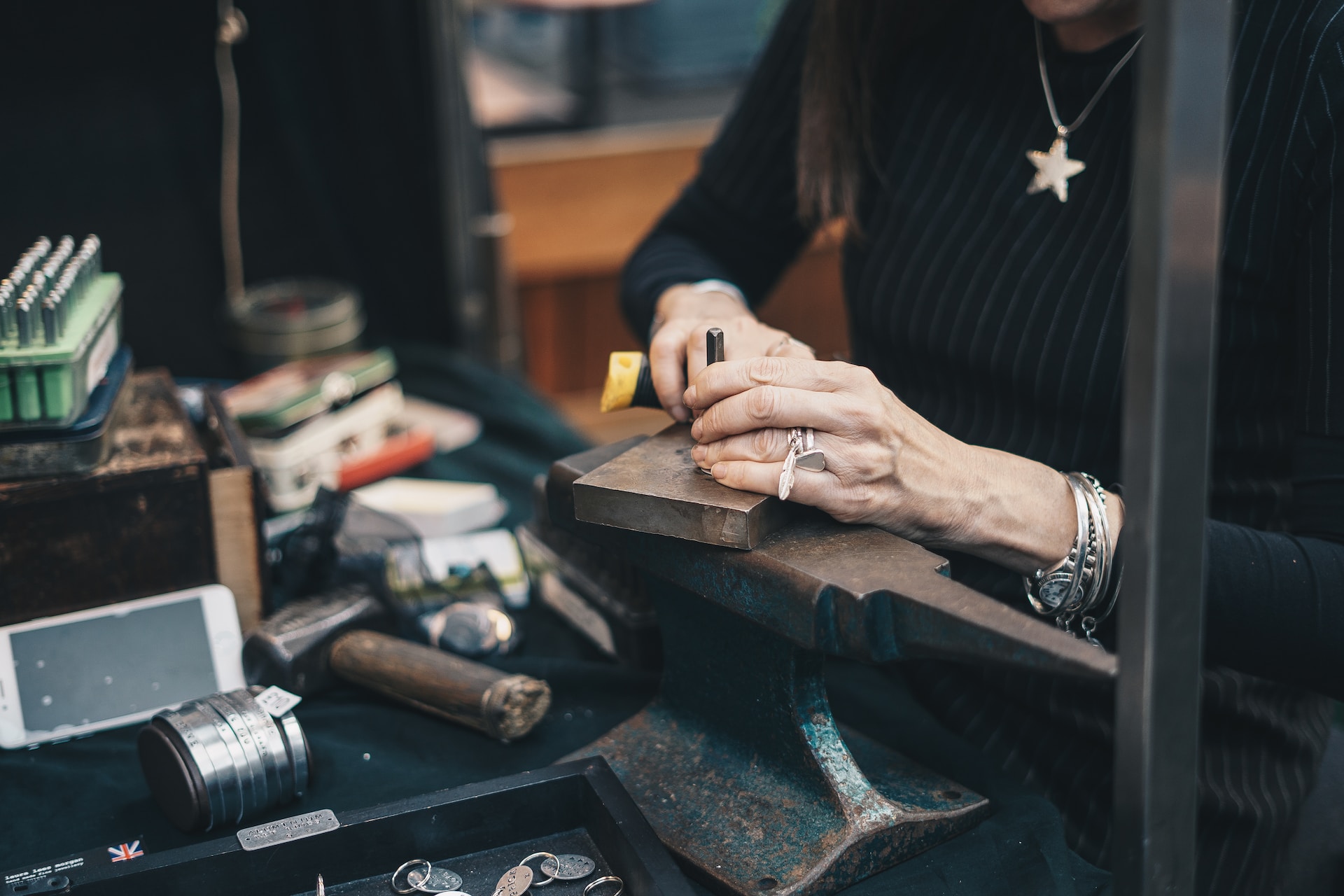Fashion
Tools and Techniques: Essential Skills for Successful Jewellery Makers

Jewellery making is a captivating art that allows individuals to express their creativity and craft beautiful pieces cherished for a lifetime. As such, acquiring the right tools and mastering essential techniques are key to embarking on this journey. So below mentioned are the essential tools and techniques for successful jewellery makers. From basic tools to advanced techniques, they offer insights and guidance to help you hone your skills and create stunning pieces of wearable art.
Jewellery Making Tool Kit
A comprehensive jewellery making kit forms the foundation for any aspiring jewellery maker. This kit usually includes essential tools such as pliers, wire cutters, files, a bench block, and a jeweller’s saw. These tools are indispensable for various jewellery making techniques, including wirework, metal cutting, and shaping. As such, investing in a quality jewellery making kit ensures that you have the necessary tools at your fingertips, enabling you to bring your creative visions to life.
Mastering Basic Techniques
To become a successful jewellery maker, mastering basic techniques is crucial. These techniques include wire wrapping, bead stringing, soldering, and stone setting. Wire wrapping involves creating intricate designs using wire, while bead stringing involves arranging beads into visually appealing patterns. Meanwhile, soldering is the process of joining metal components, and stone setting involves securing gemstones onto jewellery pieces. You can elevate your craftsmanship and create outstanding jewellery by practising and perfecting these techniques.
Exploring Metalworking
Metalworking techniques open up a world of possibilities for jewellery makers. Sawing, filing, and sanding are essential techniques for shaping metal components. Texturing techniques, such as hammering and stamping, add depth and visual interest to jewellery pieces. Forming techniques like bending, doming, and forging allow you to create three-dimensional shapes and structures. Incorporating metalworking techniques into your repertoire adds versatility to your designs and enables you to craft unique and personalised jewellery pieces.
Stone Setting and Wirework
Stone setting and wirework are two techniques that can take your jewellery creations to the next level. Stone setting involves securing gemstones onto metal settings, allowing you to add colour, sparkle, and elegance to your designs. On the other hand, wirework offers endless possibilities for creating intricate designs and patterns using wires of different thicknesses and materials. These techniques require precision, patience, and a keen eye for detail, but the results are truly breathtaking.
Finishing and Polishing
The finishing touches can make all the difference in the final appearance of your jewellery pieces. Finishing techniques such as filing, sanding, and buffing ensure that edges are smooth, surfaces are even, and imperfections are minimised. Polishing techniques, including the use of polishing cloths or machines, bring out the shine and lustre of metals, enhancing the overall aesthetic of your jewellery. Paying attention to the finishing and polishing process elevates the quality and professionalism of your pieces, leaving a lasting impression on customers and admirers.
Becoming a successful jewellery maker requires dedication, practice, and a deep understanding of the tools and techniques. And by investing in a jewellery making kit, mastering basic techniques, exploring metalworking, honing stone setting and wirework skills, and paying attention to finishing and polishing, you can develop the essential skills needed to create beautiful and unique jewellery pieces. Nevertheless, jewellery making is an art form that allows you to express your creativity, emotions, and personal style. So, let your passion guide you, and immerse yourself in jewellery making to unlock your true potential as a successful jewellery maker.
